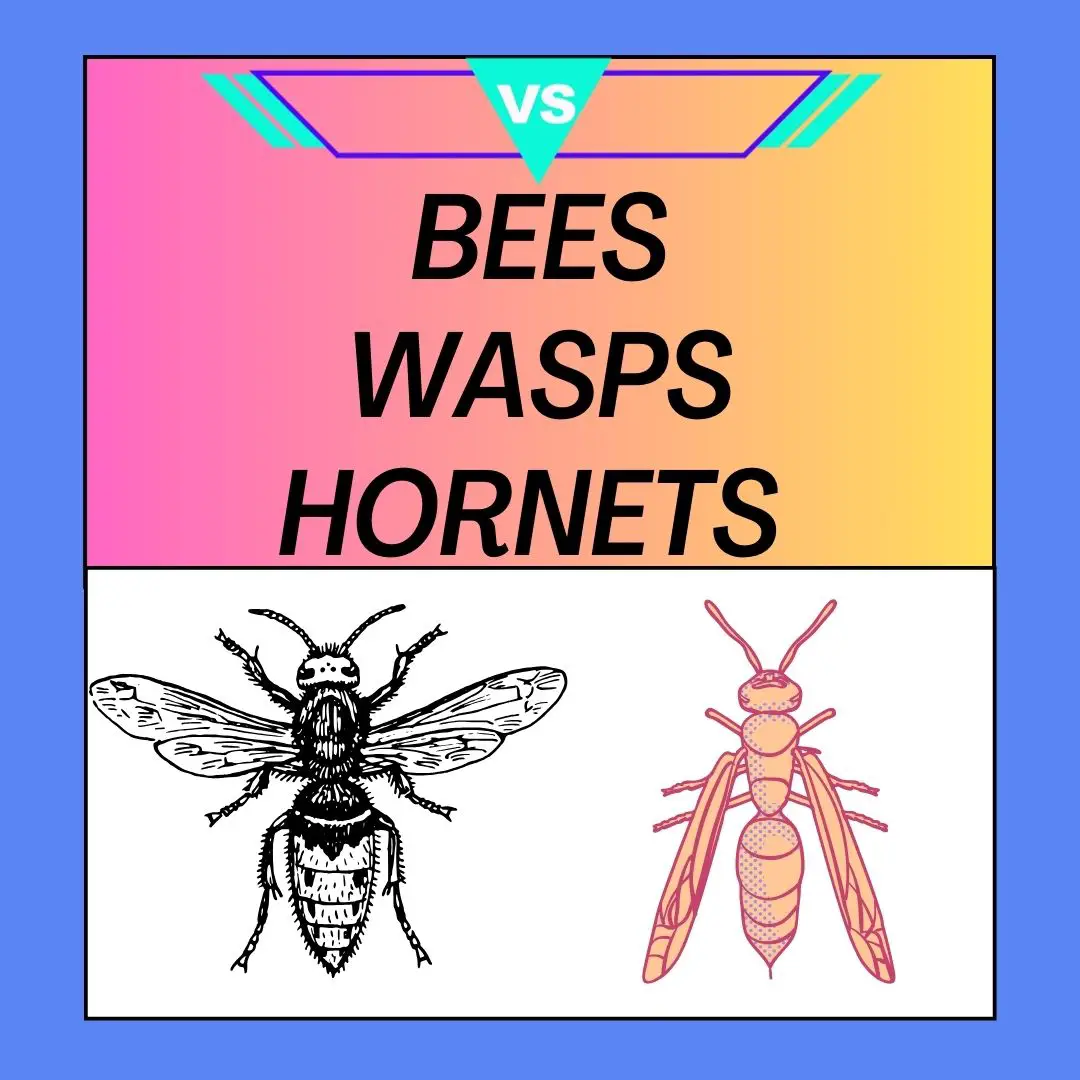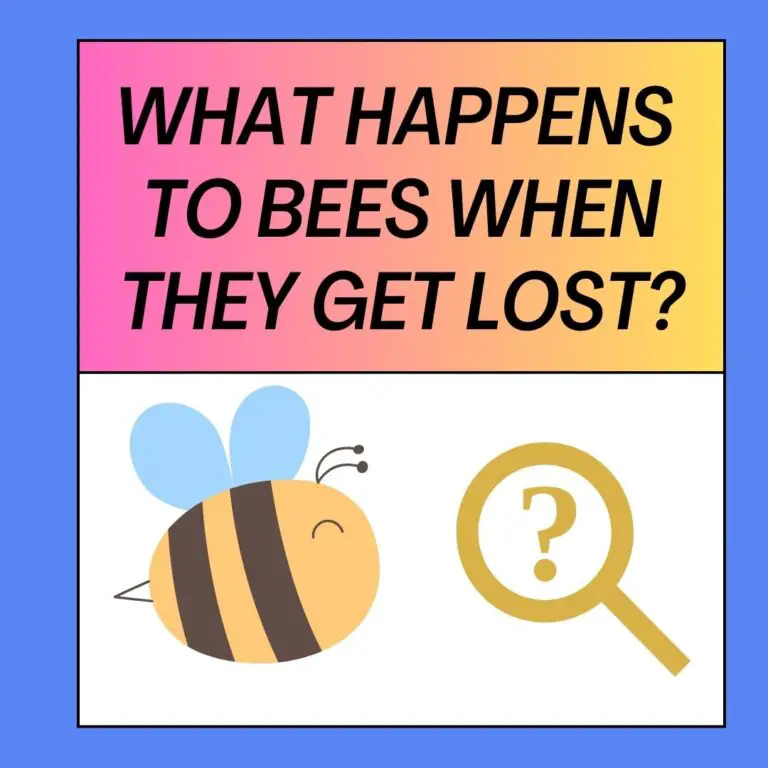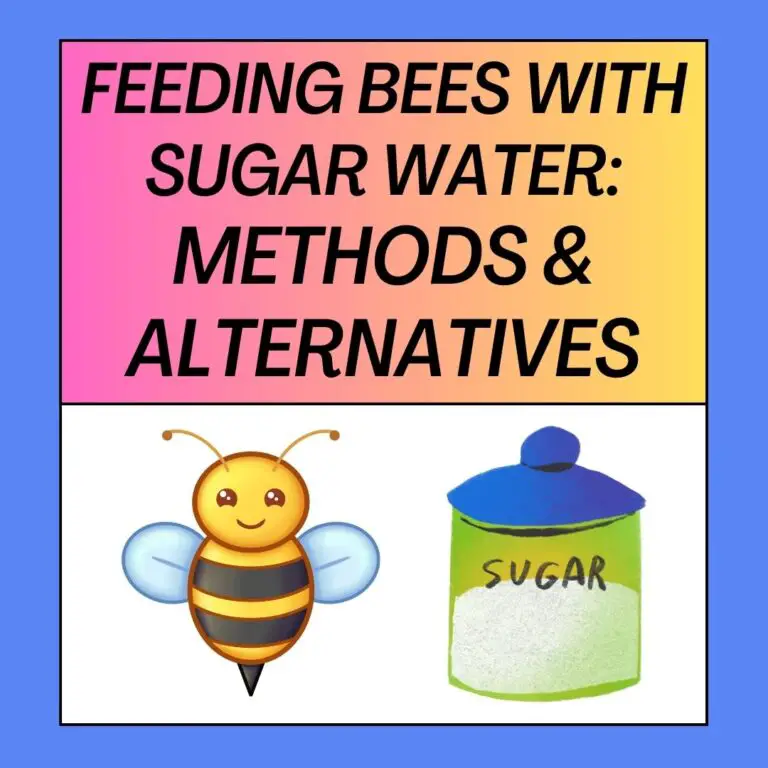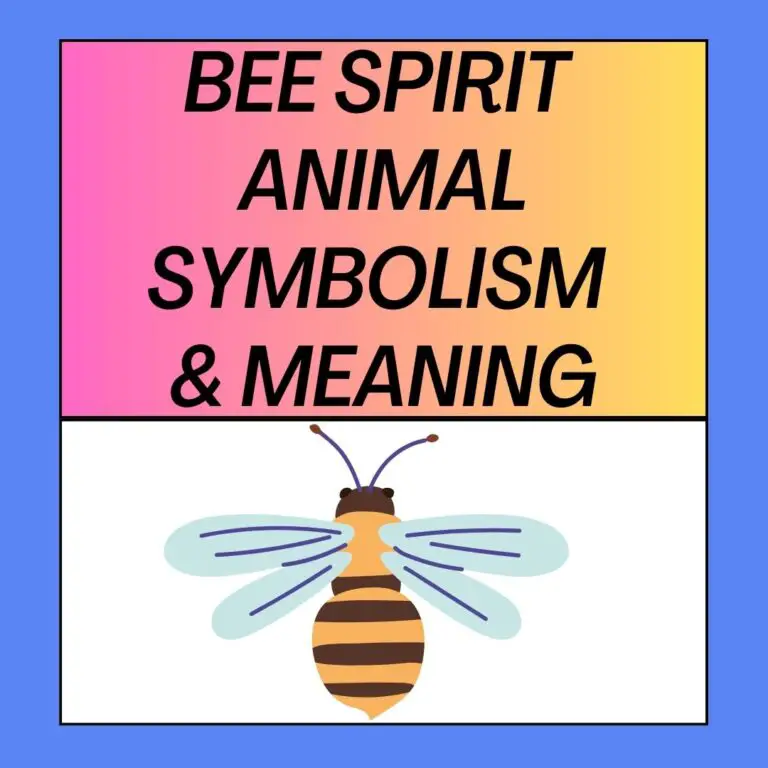
Bees, wasps, and hornets are often grouped because of their similar appearance and the fact that they all belong to the order Hymenoptera. While they share some common characteristics, there are also significant differences that set them apart. This article explores the distinctions between bees, wasps, and hornets, including their physical traits, behavior, and ecological roles.
The order Hymenoptera: Bees, Wasps, and Hornets
The order Hymenoptera comprises many insects, which are vital to ecosystems and human activities. Among these insects, bees, wasps, and hornets are some of the most recognizable and frequently encountered. While they share a common ancestry and belong to the same order, they have evolved distinct characteristics and behaviors that make them unique.
Understanding these differences is important for identifying these insects and appreciating their ecological roles and potential impact on humans. Bees, wasps, and hornets play crucial roles in pollination, pest control, and even in some cultural practices like beekeeping for honey production.
This article delves into the physical characteristics, diet, behavior, social structure, stinging behavior, nesting habits, reproduction, and ecological roles of bees, wasps, and hornets. By the end, you’ll comprehensively understand what sets these insects apart.
Physical Characteristics
One of the first ways to distinguish between bees, wasps, and hornets is by examining their physical characteristics, including size, coloration, and body shape.
Bees: Furry and Pollinators
Bees are generally robust and furry insects. They are often plump, with round bodies covered in branched or plumose hairs that give them a distinctly fuzzy look. These hairs serve several functions, including collecting and distributing pollen, maintaining body temperature, and protecting against predators. Bees typically have a more robust and hairy appearance than wasps and hornets.
The coloration of bees can vary widely, with species exhibiting shades of black, brown, yellow, and orange, or metallic hues like green or blue. Many bee species also feature distinctive markings, such as stripes or spots, on their bodies. These markings can help identify different bee species.
One of bees’ most prominent physical features is their branched, pollen-collecting hairs on their hind legs. These hairs are known as pollen baskets or corbiculae. Bees collect pollen from flowers to feed their larvae and inadvertently transfer pollen between flowers, facilitating pollination.
Wasps: Slender and Predators
Wasps tend to have a more slender and elongated body shape than bees. Their bodies are often sleeker and less hairy. While some wasp species may have fine, short hairs on their bodies, these hairs are not as dense or branched as those of bees.
The coloration of wasps can range from black and yellow to brown, red, metallic blue, or green. Unlike bees, wasps do not typically have the same degree of distinctive markings like stripes or spots. Instead, they often have more uniform coloration.
Wasps are generally carnivorous or omnivorous, and their physical features are adapted for hunting and capturing prey. They have strong mandibles for chewing insects, spiders, and other small prey items. Unlike bees, wasps lack the specialized pollen-collecting structures seen in bees, such as pollen baskets.
Hornets: Large and Aggressive
Hornets are the largest of the three insects, with some species reaching lengths of up to 2 inches (5 centimeters) or more. They have a robust and muscular appearance, with a distinct wasp-waisted body shape. Hornets are generally more substantial and heavier than both bees and wasps.
Hornets often have a characteristic color pattern of black and white or black and yellow. Their coloration is designed to serve as a warning signal to potential predators, indicating their ability to deliver a painful sting.
Despite their large size, hornets are agile and powerful fliers. They can be quite aggressive when defending their nests, and their potent stingers make them formidable adversaries.
Diet and Feeding Habits
The diet and feeding habits of bees, wasps, and hornets vary significantly, reflecting their ecological roles and adaptations.
Bees: Nectar and Pollen Collectors
Bees are primarily herbivorous insects that feed on the nectar and pollen of flowers. They are essential pollinators of many flowering plants, as they inadvertently transfer pollen from one flower to another while foraging for nectar. This process facilitates fertilization and the production of seeds and fruits.
Bees have specialized mouthparts, including a proboscis or tongue, for sipping nectar from deep within flowers. They also use their branched hairs and pollen baskets to collect pollen, which they mix with nectar to create a protein-rich substance called bee bread. Bee bread is fed to the developing larvae in the hive.
Wasps: Carnivorous and Omnivorous
Wasps have diverse feeding habits, with different species exhibiting varying degrees of carnivory and omnivory. Many wasps are carnivorous, preying on a wide range of insects, spiders, and other small arthropods. They capture their prey using their strong mandibles and often feed it to their developing larvae.
In contrast, some wasp species are omnivorous, consuming nectar from flowers as well as scavenging on sugary substances and carrion. For example, paper wasps are known to feed on nectar but also capture insects to feed their young.
Hornets: Predators
Hornets are primarily carnivorous and are known for their aggressive predatory behavior. They feed on various insects, including flies, bees, and other wasps, which they capture and dismember with their strong mandibles. Hornets are skilled hunters and play a role in controlling pest insect populations.
While hornets may occasionally visit flowers for nectar, their primary diet consists of protein-rich insect prey. This preference for protein makes them particularly effective at capturing and killing other insects.
Social Structure
Another critical aspect that sets these insects apart is their social structure, which determines how they live and interact with one another within colonies.
Bees: Highly Organized Colonies
Bees are well-known for their highly organized and structured social colonies. Most bee species are social insects, meaning they live in colonies with distinct castes, including a single queen, worker bees, and male drones.
- Queen Bee: The queen bee is the reproductive female in the colony. She is responsible for laying eggs and can lay hundreds to thousands of eggs daily. Queen bees are typically larger than worker bees and have a longer lifespan.
- Worker Bees: Worker bees are non-reproductive females. They perform various tasks within the colony, including foraging for food, caring for the queen and larvae, building and maintaining the hive, and defending the colony. Worker bees are smaller in size than queens and have shorter lifespans.
- Drones: Male drones are larger than worker bees and have one primary purpose: to mate with a queen from another colony. Once they have fulfilled this role, they die shortly thereafter.
The social structure of bee colonies is highly coordinated, with each caste having specific roles and responsibilities. Communication among colony members is essential for tasks such as foraging and defending the hive.
Wasps: Variable Social Structure
Wasps exhibit a more varied range of social structures compared to bees. While some wasp species are solitary, meaning they live and reproduce independently, others are social and form colonies with different caste systems.
- Solitary Wasps: Solitary wasp species do not form colonies. Instead, individual females construct and provision their nests, laying eggs in chambers they create. Each chamber contains a single egg along with food (usually an insect or spider) for the developing larva. Solitary wasps do not have queens or worker castes.
- Social Wasps: Social wasp species, like paper wasps and yellowjackets, form colonies with a caste system similar to that of bees. These colonies typically consist of a queen, worker wasps, and male drones. However, the size and organization of social wasp colonies can vary widely between species.
Social wasps build paper nests, which are composed of chewed wood fibers mixed with saliva. These nests can be found in sheltered locations, such as trees, eaves, or underground cavities.
Hornets: Social Insects
Hornets are social insects, and their colonies are typically larger and more complex than those of many other wasp species. Hornets also have a caste system within their colonies, similar to social wasps and bees.
- Queen Hornet: The queen hornet is the founding member of the colony. She is responsible for laying eggs and establishing the initial population. Queen hornets are often larger than workers and have an elongated abdomen.
- Worker Hornets: Worker hornets are sterile females responsible for foraging, feeding the young, and maintaining the nest. They are the backbone of the colony and perform various tasks.
- Male Drones: Male drones are produced in late summer and early fall and have one primary role: mating with newly emerged queens from other colonies. After mating, drones die, and the young queens find suitable overwintering sites.
Hornet colonies can number in the hundreds or even thousands, depending on the species. Their nests are constructed from a papery material made by chewing wood and mixing it with saliva.
Stinging Behavior
The stinging behavior of these insects is a significant factor in how they interact with humans and potential threats. While all three can deliver painful stings, there are differences in their stinging behavior.
Bees: Defensive Sting
Bees are generally not aggressive and will only sting when they feel threatened or perceive their nest as being under attack. Bee stings are often delivered as a defensive response, especially by worker bees. When a bee stings, its barbed stinger becomes lodged in the skin of the target, causing the bee to die shortly after the attack.
The act of stinging also releases pheromones that alert other nearby bees to the threat, potentially leading to additional stings. Therefore, it’s essential to exercise caution around bee colonies and take steps to avoid disturbing them.
Wasps: Aggressive Sting
Wasps tend to be more aggressive than bees and may deliver stings with less provocation. They are more likely to sting if they perceive a threat to their nests or if they are disturbed while foraging. Unlike bees, wasps can deliver multiple stings as their stingers lack barbs, allowing them to withdraw their stingers and sting repeatedly.
Some wasp species, such as yellowjackets, are known for their aggressive nature and can pose a significant risk to humans, particularly in late summer and early fall when they become more defensive of their nests.
Hornets: Potent Sting
Hornets have one of the most potent stings among these insects. While they are generally less aggressive than some wasps, they can deliver painful stings when provoked or when their nests are threatened.
One of the most well-known hornets is the Asian giant hornet (Vespa mandarinia), which has a particularly painful sting and can be dangerous to humans. However, not all hornet species are as aggressive or dangerous.
Nesting Behavior
The nesting behavior of bees, wasps, and hornets also differs in terms of construction materials and nest locations.
Bees: Wax and Honeycombs
Bees construct their nests from wax secreted by special glands on their abdomen. These wax combs are used to create intricate hive structures. Honey bees, for example, build hexagonal cells within their hives for storing honey, pollen, and developing larvae. The hexagonal shape is an efficient use of space and resources.
Bee nests can be found in various locations, including tree hollows, crevices in buildings, and specially designed bee boxes for beekeeping. The location of the nest depends on the species and the availability of suitable nesting sites.
Wasps: Paper Nests
Social wasps, such as paper wasps and yellowjackets, create nests from paper-like material. They make this material by chewing wood fibers and mixing them with saliva. The resulting substance is used to construct the familiar papery nests that hang from trees, eaves, or other sheltered locations.
Solitary wasps, on the other hand, create individual nests for each egg they lay. These nests can vary widely in construction, with some species burrowing into the ground, while others use existing cavities.
Hornets: Paper Nests
Hornets also build papery nests, similar to those of social wasps. These nests are often located in sheltered locations, such as tree branches, shrubs, or even underground. Hornets are skilled architects, and their nests can grow quite large, accommodating hundreds or even thousands of individuals.
The outer layers of hornet nests are typically made of multiple sheets of paper-like material, providing insulation and protection for the colony within.
Reproduction
Reproductive strategies and roles within colonies vary between bees, wasps, and hornets.
Bees: Single Queen, Worker Bees
In honey bee colonies, there is a single queen bee responsible for laying eggs. The queen is the only fertile female in the colony, and her primary role is to reproduce. She mates with drones from other colonies and stores their sperm to fertilize eggs.
Worker bees are non-reproductive females that perform various tasks within the colony, such as foraging, caring for the queen and larvae, building and maintaining the hive, and defending the colony. Worker bees are sterile and do not lay eggs.
Drones are male bees produced by the colony, primarily for mating. Their sole purpose is to mate with virgin queens from other colonies. After mating, drones die, and their life cycle ends.
Wasps: Varied Reproductive Roles
In social wasp colonies, the reproductive roles can vary depending on the species and colony size. Typically, a colony has a single queen responsible for egg-laying. However, some larger colonies may have multiple queens.
Worker wasps are sterile females that perform various tasks, including foraging, nest maintenance, and caring for larvae. They do not lay eggs.
Male drones are produced later in the season and exist solely to mate with newly emerged queens from their own or other colonies. After mating, drones do not play a role in the colony and eventually die.
Hornets: Single Queen, Sterile Workers
Hornet colonies also have a single queen responsible for laying eggs. The queen is the only fertile female in the colony, and her primary role is reproduction.
Worker hornets are sterile females responsible for foraging, nest maintenance, and caring for the young. They are essential for the survival of the colony but do not reproduce.
Male drones are produced later in the season, primarily for mating with newly emerged queens from other colonies. Once they have fulfilled this role, drones die, and the young queens establish new colonies.
Ecological Roles
Bees, wasps, and hornets play crucial roles in ecosystems, and their behaviors and diets contribute to their ecological significance.
Bees: Essential Pollinators
Bees are among the most important pollinators in the natural world. They are responsible for pollinating a vast array of flowering plants, including many of the fruits, vegetables, and nuts humans rely on for food. Bees inadvertently transfer pollen from one flower to another while foraging for nectar, facilitating fertilization and the production of seeds and fruits.
The ecological importance of bees extends beyond agriculture. They contribute to the reproduction of wild plants, helping to maintain biodiversity. Many species of animals also rely on plants that are pollinated by bees.
Wasps: Pest Controllers
Many wasp species are valuable for their pest control services. Wasps are predators of various insects and arthropods, including caterpillars, flies, aphids, and spiders. They help regulate populations of these pests, which can benefit agriculture and garden ecosystems.
Some species of parasitic wasps also play critical roles in biological control. They lay their eggs on or inside the bodies of other insects, eventually killing their hosts.
Hornets: Top Predators
Hornets are apex predators within their ecosystems. They prey on various insects, including flies, bees, and other wasps. Hornets are known for their effectiveness in capturing prey and are considered top predators in the insect world.
While hornets are not typically considered beneficial to humans due to their aggressive nature and painful stings, they help maintain the balance of insect populations in their habitats.
Conclusion
Bees, wasps, and hornets share a common evolutionary lineage as members of the order Hymenoptera, but they have evolved distinct characteristics and behaviors. Understanding these differences is crucial for recognizing and interacting with these insects safely.
Bees are known for their fuzzy bodies, important role as pollinators, and highly organized colonies with queens, worker bees, and drones. They collect nectar and pollen, making them vital to agriculture and ecosystems.
Wasps, with their slender bodies and carnivorous or omnivorous diets, serve as pest controllers, preying on insects and arthropods. Their social structures can vary, with some species forming colonies.
Hornets, the largest of the three, are known for their potent stings and predatory behavior. They also form colonies with queens, worker hornets, and male drones.
Each of these insects plays a unique ecological role, contributing to the balance and diversity of natural ecosystems. While they can sometimes come into conflict with humans, understanding and appreciating their roles in nature is essential for maintaining the health of our planet.






